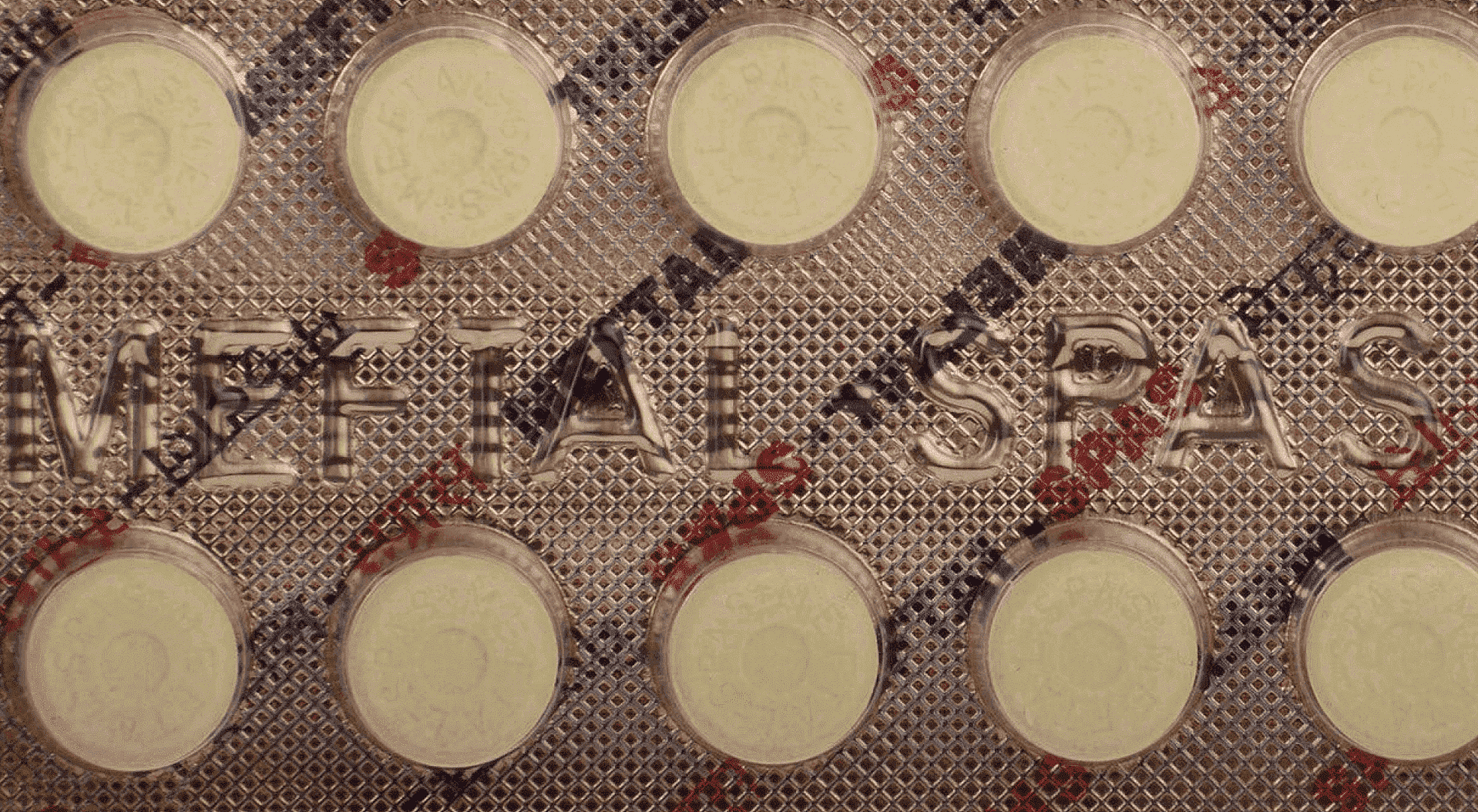The Indian Pharmacopoeia Commission (IPC) on Thursday issued a warning regarding the common pain reliever, Meftal, saying that people must take the medicine only after consulting a doctor as it contains mefenamic acid which can cause adverse reactions like DRESS syndrome etc. Meftal is a commonly used medication for menstrual cramps and rheumatoid arthritis.
“Healthcare professionals, patients and consumers are advised to carefully monitor the possibility of the above-mentioned adverse reactions (ADRs) associated with the use of the above-suspected drug,” the warning reads.
Individuals who are referred will notify the Pharmacovigilance Program of India (PvPI) national coordination center within the commission by submitting a form on the website www.ipc.gov.in or using ADR PvPI Android mobile apps and PvPI Helpline No. 1800- 180-3024.
The Pharmacopoeia Commission of India’s warning comes at a time when Meftal was fast becoming a common household pain reliever, with people using it without much caution to get some relief from muscle and joint pain.
The primary ingredient in Meftal is mefenamic acid, a pain reliever used to relieve muscle and joint pain as well as menstrual pain. In addition, it shows effectiveness in relieving sore throat, nerve pain and muscle pain.
DRESS syndrome
“Drug Rash with Eosinophilia and Systemic Symptoms (DRESS) syndrome is a unique and severe idiosyncratic drug reaction characterized by a prolonged period of onset. It has been associated with drugs such as abacavir, allopurinol and lamotrigine. It subsequently presents with a diverse range of clinical symptoms, typically including fever, skin rash, lymphadenopathy, eosinophilia and a spectrum of systemic manifestations from mild to severe,” said Dr. Sidhant Goel, The Hans Foundation, Nalagarh.
DRESS syndrome poses a significant life-threatening risk with an estimated mortality of approximately 10% in various studies. The main culprits implicated in DRESS syndrome, particularly antiepileptic drugs such as phenytoin and phenobarbital, have an incidence of approximately 1 in 5,000 to 10,000 exposures.




